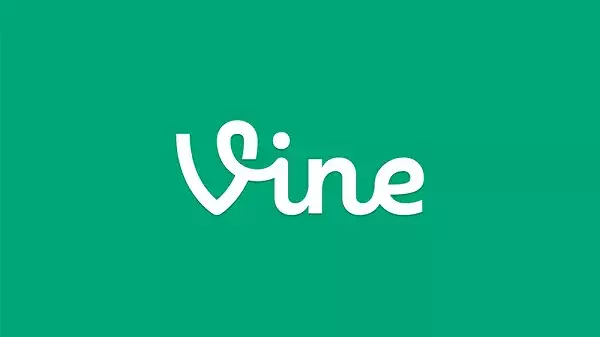For years, Vine’s legacy has loomed large in the landscape of digital content creation. As the birthplace of many internet stars and a pioneer in short-form video consumption, Vine fundamentally shaped the platform dynamics we see today, especially platforms like TikTok and Instagram Reels. When Elon Musk announced that X, formerly Twitter, was contemplating a revival of Vine in an AI-driven form, it ignited a wave of excitement and nostalgia. Fans envisioned a seamless return—an app dedicated solely to quick, engaging videos that could reignite the magic of early social sharing. However, reality diverges sharply from aspiration. Instead of resurrecting the original app, Musk’s vision revolves around embedding AI-generated video snippets into X’s existing feed, blurring the lines between traditional social media and cutting-edge artificial intelligence technologies.
Deconstructing the AI “Vine”: A Misleading Rebranding
The core issue lies in the semantics Elon Musk employs—calling Grok Imagine “AI Vine” appears more a branding maneuver than a genuine revival. Unlike the original Vine, which was a dedicated platform emphasizing 6-second vertically oriented videos, this newest iteration is primarily an AI-powered feature embedded within X. The purpose is to generate, showcase, and restore historical Vine clips, not to provide the curated, community-driven experience that made Vine a cultural phenomenon. This distinction is crucial. What Musk describes as “AI Vine” doesn’t encapsulate the social innovation, content discovery, or creativity-driven ecosystem Vine fostered. Instead, it’s a thinly veiled attempt to leverage AI technology to flood feeds with generated content—vastly different from the deliberate, creator-focused environment Vine once fostered.
Why the Difference Matters: Content, Engagement, and User Experience
Vine’s success stemmed from its simplicity and the uniqueness of its format. Six seconds of creativity, repeatability, and shareability turned average users into viral stars. Its vertical format optimized mobile consumption and created a new standard for bite-sized entertainment. Presently, TikTok and Instagram Reels have already perfected this model, offering vast audiences a seemingly endless stream of short videos tailored seemingly to individual tastes. Replacing that with an AI-driven feed within X—one largely populated with generated clips—risks diluting the quality of engagement. Much of this AI content will feel random, raw, and devoid of the organic community-building that made Vine special. The user experience—central to content virality—becomes fractured, overshadowed by anonymized, algorithmically generated snippets rather than authentic human expression.
The Problem with Replicating Vine’s Spirit without Its Format
Restoring old Vine videos may serve nostalgic purposes, but it doesn’t recreate the platform’s core function. The original Vine was a social canvas that empowered users, creators, and audiences to connect through spontaneous and compelling content. Its strength was in the community it fostered, not merely the clips stored in archives. The new effort to mimic Vine through AI assumes that content type alone defines its appeal, ignoring the social and cultural elements that made Vine revolutionary. Without a dedicated app interface, community features, and a curated ecosystem, this AI-embedded approach will likely fall short of igniting the creative spark Vine once generated.
Implications for the Future of Short-Form Content and Social Platforms
While Musk’s approach might seem innovative—using AI to generate and restore nostalgic clips—it inadvertently underscores a broader challenge facing social media: maintaining authentic community engagement in an era dominated by AI and algorithm-driven content. Platforms like TikTok have already proved that engaging, user-generated content cannot simply be substituted with AI clips. The success of short-form video depends on fostering genuine human expression and social interactions. Incorporating AI-generated clips into X risks diluting this essence, turning feeds into a mishmash of random content rather than a curated experience where creators thrive.
In truth, the essence of what many hoped for in a Vine revival seems lost in translation. Instead of an independent, user-driven platform dedicated solely to short videos, what we’re seeing is a technological patchwork—an attempt to piggyback on nostalgia while trying to catch up with current AI trends. This hybrid model may generate some interesting content, but it hardly addresses the foundational aspects that made Vine a cultural touchstone. It’s a superficial rebranding rather than a genuine reinvention, which may leave fans more disappointed than inspired in the long run.

